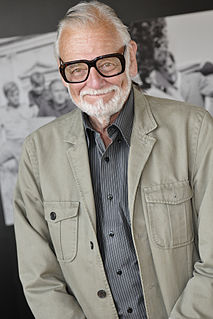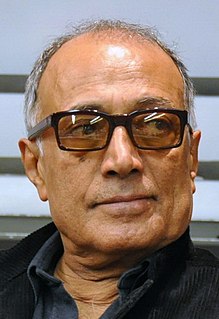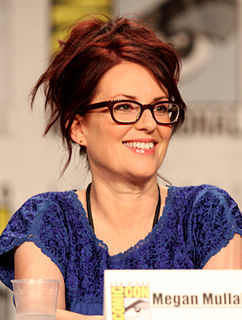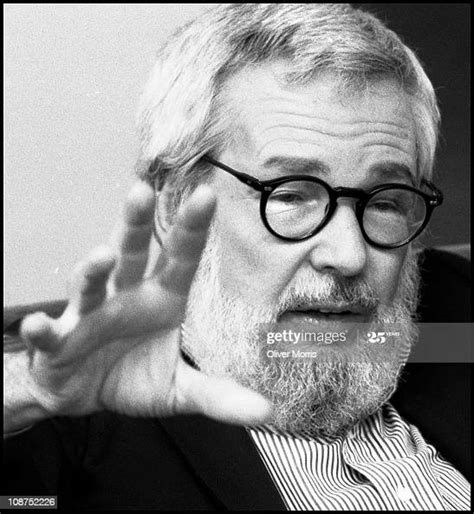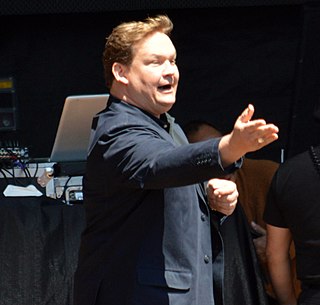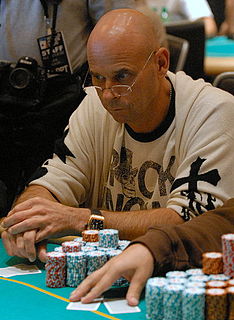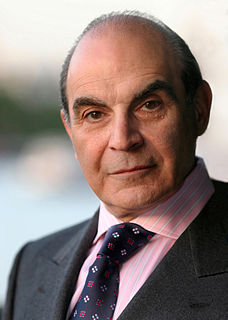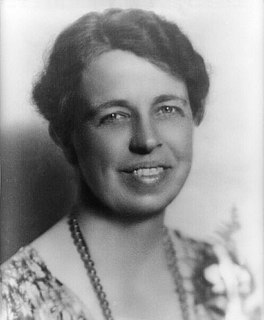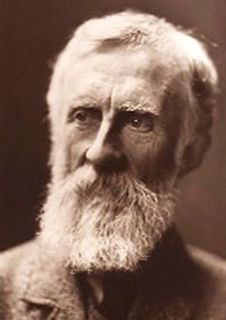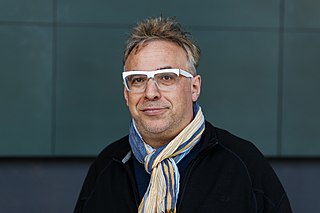A Quote by George A. Romero
I wanted 'Night of the Living Dead' to look naturalistic, but we weren't able to do it because we were shooting with a blimped 35mm camera, which is automatically static.
Related Quotes
How can there be methods and systems to arrive at something that is living? To that which is static, fixed, dead, there can be a way, a definite path, but not to that which is living. Do not reduce reality to a static thing and then invent methods to reach it. ...Truth has no path. Truth is living and, therefore, changing. It has no resting place, no form, no organized institution, no philosophy. When you see that, you will understand that this living thing is also what you are. You cannot express and be alive through static, put-together form, through stylized movement.
I hate it when you are watching a movie where the characters are on the news, and for some reason they shoot it with a 35mm camera or a 4K camera, and they just put it on the TV as if that's the way it would look - it always takes me out of it by putting a filter on certain things. If it's too high quality, you're never gonna buy it.
We worked six days a week [on the The Breakfast Club], so you have one day off. So on that Saturday night, it's not like we could all go out and have a drink because Molly [Ringwald ] and Michael [Hall] weren't old enough. And Ally [Sheedy] pretty much kept to herself. So Emilio and I, every Saturday night, would go into Chicago because we were shooting outside of Chicago in Des Plaines. It's so funny, because even though we might be adversaries in the film, we certainly weren't off-camera. He's a very funny guy.
The photographer sees the world as a child sees the bits of glass in a kaleidoscope. If he has a camera with which he can secure these ever-changing combinations, he is then able to look on them again and again, and he has the further pleasure of pleasing others with the sight of things which he, with perhaps unusual opportunities, was able to see, which his friends would otherwise not ever be able to.
